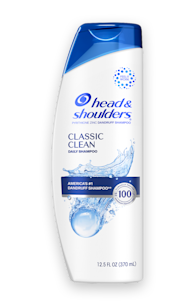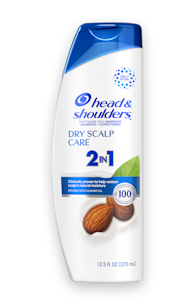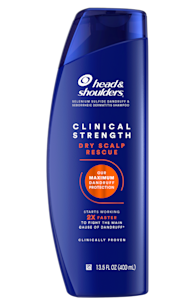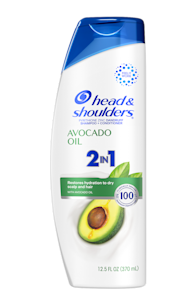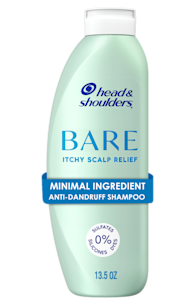DRY SCALP AND DANDRUFF

Understanding Dry Scalp vs. Dandruff: Causes and Solutions
If you're experiencing itchiness, flakes, or discomfort on your scalp, you might be wondering whether you're dealing with dry scalp or dandruff. While the terms are often used interchangeably, it’s important to understand that dry scalp is often a symptom of the overall dandruff condition. In this article, we’ll explore the characteristics of dandruff, its causes, and how to effectively manage this common scalp issue.
What is Dandruff?
Dandruff is a widespread scalp condition characterized by the presence of white or yellowish flakes on the scalp and hair. It often accompanies itching and can be triggered by various factors. Here are some key points about dandruff:
Dandruff Symptoms
Flakes: Dandruff typically manifests as visible flakes that can fall onto your shoulders and clothing.
Itchiness: Many individuals with dandruff experience persistent itching on the scalp.
Oily Scalp: Dandruff is often associated with an oily scalp, as the overproduction of sebum can create an environment conducive to the overgrowth of Malassezia, a fungus linked to dandruff¹.
Dry Scalp as a Symptom of Dandruff
Dry scalp refers to a condition where the scalp lacks adequate moisture, leading to tightness, irritation, and flakiness. In the context of dandruff, dry scalp is often a symptom of the overall condition. Here’s how they are interconnected:
Characteristics of Dry Scalp
Moisture Loss: Dry scalp typically results from moisture loss, which can be exacerbated by the effects of dandruff. Dandruff can lead to deterioration of the scalp barrier and decreased intercellular lipids, which increases transepidermal water loss and contributes to tightness and dryness.²
Tightness and Itchiness: Individuals with a dry scalp may experience a tight feeling on the scalp and itchiness, particularly after washing their hair.
The Connection Between Dandruff and Dry Scalp
Dandruff can lead to the deterioration of the scalp barrier, causing moisture loss. This moisture loss is what often leads to dry scalp symptoms. As the scalp struggles to maintain its natural moisture balance, symptoms such as tightness and irritation can occur. Therefore, treating dandruff effectively can also help alleviate dry scalp symptoms.
How to Manage Dandruff and Dry Scalp
To effectively manage dandruff and the associated symptoms of dry scalp, consider the following strategies:
1. Use Anti-Dandruff Shampoo
Look for shampoos containing active ingredients like zinc pyrithione or selenium sulfide, which combat the fungal overgrowth responsible for dandruff. Head & Shoulders Clinical Strength Dry Scalp Shampoo contains selenium sulfide and is clinically proven to relieve stubborn dandruff and dryness. Another great option is Head & Shoulders Dry Scalp Care Anti-Dandruff Shampoo, which contains zinc pyrithione and restores your scalp’s natural moisture with a formula designed especially for dry scalp treatment. Regular use of these shampoos helps maintain a healthy scalp environment by reducing irritation and helping maintain a well functioning scalp moisture barrier.
2. Establish a Regular Washing Routine
Frequent washing with an anti-dandruff shampoo helps remove excess oil and flakes. This routine allows the active ingredients to work effectively, keeping the scalp clean, reducing buildup and controlling the fungus that creates scalp irritants.
3. Moisturize the Scalp
If you notice dry scalp symptoms, consider incorporating a moisturizing shampoo or conditioner into your routine.
4. Stay Hydrated
Drinking plenty of water and using a humidifier in dry environments can help maintain moisture levels in your scalp and reduce dryness.
Conclusion
Understanding that dry scalp is a symptom of the overall dandruff condition is crucial for effective treatment. By addressing the root causes of dandruff—such as the overgrowth of Malassezia, oiliness, and moisture loss—you can minimize symptoms like flakes, itchiness, and tightness.
By taking proactive steps and establishing a regular routine, you can effectively combat dandruff and maintain a healthy, happy scalp.

